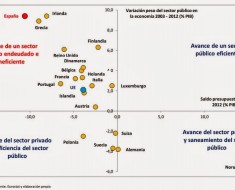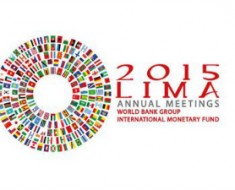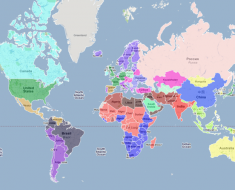Más recientemente, y con menos ruido y pretensiones, países con modelos económicos similares como México, Colombia, Perú y Chile formaron la Alianza del Pacífico (2011), prestando una especial atención a los flujos de capital, las infraestructuras, la educación y la tecnología.
Así, mientras Mercosur ha optado por políticas proteccionistas, como la restricción de importaciones en Argentina, la Alianza del Pacífico ha firmado importantes acuerdos comerciales con Estados Unidos, la Unión Europea y China con el objetivo de proteger las inversiones extranjeras e impulsar el crecimiento de sus economías.
Por último, estas diferencias también se reflejan en las previsiones de crecimiento que el Fondo Monetario Internacional acaba de publicar:
 Autor del post Ramón Pedreño, licenciado en ADE y Máster en Tributación, Socio en EMDER, Derecho y Empresa, y Asesor estratégico y financiero en IT&IS |















As my Spanish is a bit approximate, so I prefer writing in English.
Thanks for the post, I was not aware of the existence of the Pacific Alliance. These countries might indeed have more things in common than the Mercosur countries, and could hence agree on actual common actions. I don't have a particular knowledge about Latin-America and Mercosur but it seems clear that ever since Mercosur was established not a lot has happened. The EU has been discussing and negotiating with Mercosur but there has been no result, and I wouldn't expect changes any time soon (cf. http://ec.europa.eu/trade/policy/countries-and-regions/regions/mercosur/). The member countries are probably just too different, politically and economically, at least for the time being. AK
Indeed, among the Mercosur countries are enormous differences and only Brazil has met the expectations. The countries of the Pacific Alliance make little noise, but are creating a strong economic union. Thank you very much for your participation in this blog